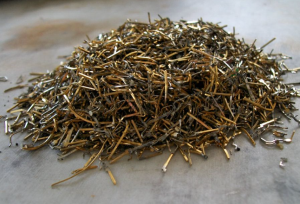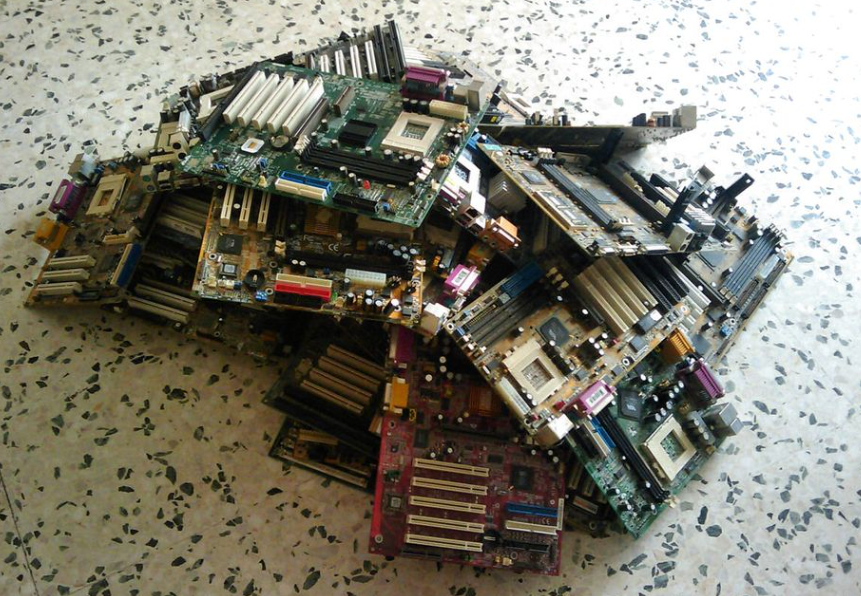The components of your antiquated desktop computer, laptop, TV, and other electronics include valuable metals like copper and gold. Tiny businesses are profiting from the e-waste industry’s unrealized potential by recycling outdated electronic circuit boards and can earn up to $85,000 daily. The projects will probably keep growing because there are estimated to be $55–60 billion worth of precious metals ready to be recovered from abandoned circuit boards globally.
E-waste is currently one of the biggest environmental threats to our planet. A significant amount of the more than 50 million tons of electronics that end up in the trash are recycled in third-world countries like India. The environmental crisis is anticipated to increase over the next ten years due to our thought processes that say we need a new laptop or gaming PCs, TVs, phones, watches, and other electrically powered gadgets — we want the newest upgrade.
From BusinessInsider:
Much of our e-waste doesn’t get recycled at all and is left in landfills. Only about 15% of the daily e-waste produced by American citizens is collected for recycling. Following several scrappers in a small startup in Sydney, Australia, BusinessInsider revealed that although individual scrappers cannot earn a living from e-waste at this time, those employed by larger companies, especially those with heavy machinery at their disposal, can potentially make substantial profits.
Scrappers can earn several thousand dollars per load when they find and gather e-waste
Mint Innovation was one “gold mining” startup that Business Insider spoke with. Scrappers can earn several thousand dollars per load if they find e-waste and bring it to Mint Innovation. Using a ton of specialized machinery and a proprietary sauce to disassemble electronic circuit boards and extract valuable metals from unwanted plastics and other materials to which the metals are attached, Mint Innovation has all but perfected the art of extracting metal from e-waste. The raw metals that Mint Innovation extracts from e-waste can bring in an impressive $85,000 a day for the completely automated system that it has constructed. That is equivalent to an annual income of almost $30 million.
Mint Innovation aptly demonstrates the amount of potential revenue that the e-waste business can currently access through tech innovation. However, the lack of infrastructure for processing e-waste makes it challenging for e-waste scavengers to earn a living. Innovation in “tough tech” sectors will continue. That might readily alter as e-waste pollution keeps rising and more businesspeople become aware of the potential revenue e-waste can produce.

If you want to try your own “digging for gold” experiment — Tomshardware will guide you through the chemistry lesson on how to do it. Here. You won’t go away empty-handed from the tutorial.
Featured Image Credit: Tomshardware.com

The post “The e-waste “gold mining” efforts are booming” by Deanna Ritchie was published on 02/01/2024 by readwrite.com
































